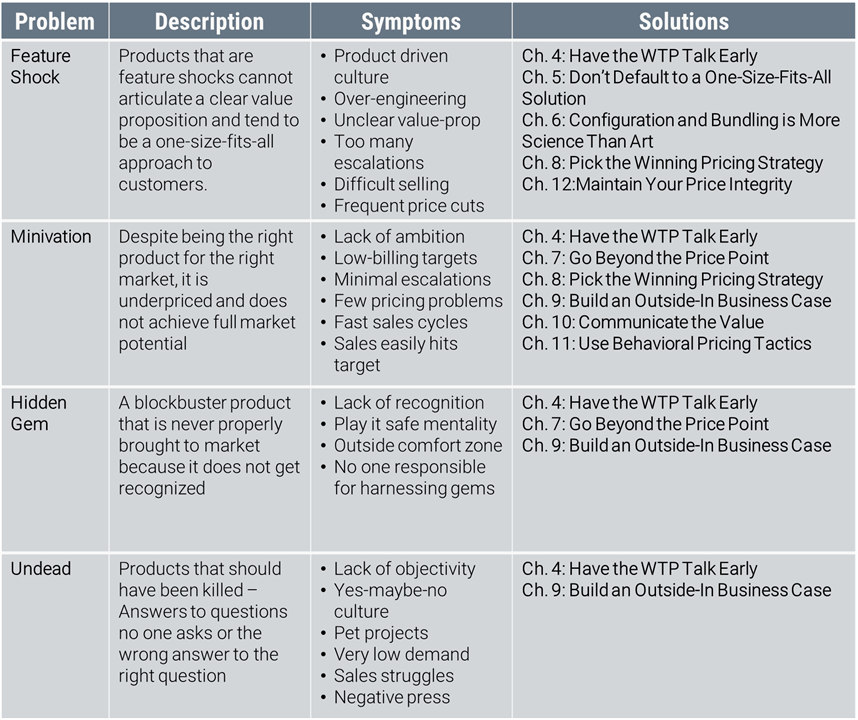First, set clear goals and prioritize among conflicting goals (for instance, price to maximize revenue but ensure a 10 percent profit increase).Second, pick one of the three types of pricing strategies: maximization, skimming, or penetration.Third, set price-setting principles that define the rules of your monetization models, price differentiation, price endings, price floors, and price increases.Finally, define your promotional and competitive reaction principles to avoid knee-jerk price reactions.
Il documento di [[Strategia di monetizzazione]] dovrebbe essere costruito su 4 blocchi:
- Avere obiettivi chiari e messi in priorità tra loro, specialmente tra gli obiettivi in conflitto;
- Prendere una decisione riguardo una delle strategie di prezzo tra: massimizzazione, skimming o penetrazione;
- Stabilire dei principi che determinino le regole riguardo i modelli di monetizzazione, la differenziazione di prezzo ecc;
- Definire pattern di prezzo in reazione ai competitor e di promozione, per evitare di fare errori;
 Quelli mostrati nella tabella sono i 4 tipi di problemi in termini di #pricing che si possono incontrare nella creazione di un prodotto.
Quelli mostrati nella tabella sono i 4 tipi di problemi in termini di #pricing che si possono incontrare nella creazione di un prodotto.